Long-Lasting Solar Lights: Achieving All-Night Illumination
Solar lights have transformed outdoor lighting, offering an eco-friendly and cost-effective solution for illuminating gardens, pathways, and patios. However, one common concern among users is whether these lights can reliably shine through the night without dimming or failing. This article addresses those worries by exploring how to select and maintain long-lasting solar lights that provide consistent all-night illumination. We’ll dive into advancements in battery technology, the importance of light source placement, energy efficiency, and practical maintenance tips, with a nod to standout products like those from Bitpott.
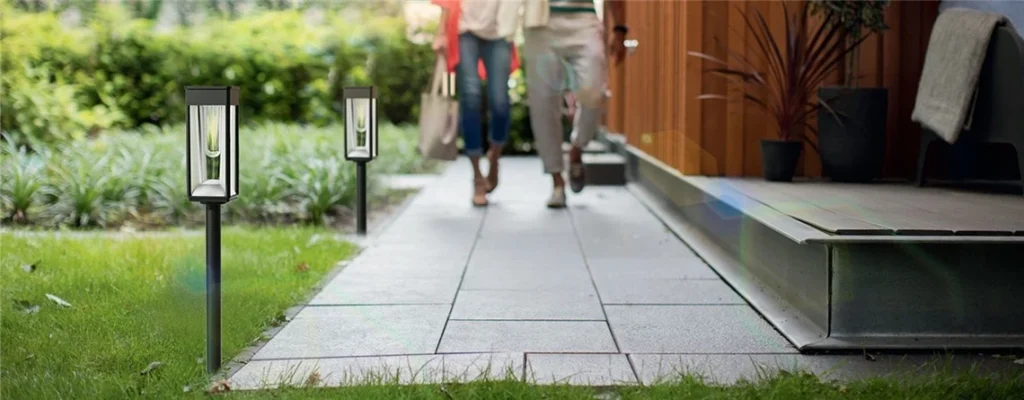
Understanding the Appeal of Solar Lights
Solar lights harness energy from the sun via photovoltaic panels, storing it in batteries to power illumination after dark. Their appeal lies in sustainability, ease of installation, and zero electricity costs. According to industry insights, solar landscape lighting is increasingly popular for enhancing curb appeal and safety in residential and commercial spaces. However, achieving reliable all-night performance requires careful consideration of several factors, from component quality to environmental conditions.
Battery Technology: The Heart of Long-Lasting Solar Lights
The battery is the cornerstone of a solar light’s performance, determining how long it can shine and how well it holds a charge over time. Modern long-lasting solar lights rely on advanced battery technologies to meet user expectations for durability and performance.
Lithium-Ion and LiFePO4 Batteries
Lithium-ion batteries dominate the market due to their high energy density and efficiency. They charge quickly and provide consistent power output, making them ideal for all-night illumination. A step further, Lithium Iron Phosphate (LiFePO4) batteries, used in premium models like Bitpott’s SolarGlow series, offer even greater longevity, with up to 2,000 charge cycles compared to 500–1,000 for standard lithium-ion. These batteries maintain performance in extreme temperatures, reducing the risk of failure during harsh winters or scorching summers.
Battery Capacity and Runtime
Battery capacity, measured in milliampere-hours (mAh), directly impacts runtime. For solar landscape lighting, a battery with at least 2,000 mAh is recommended for 8–12 hours of illumination. Users should check product specifications to ensure the battery matches the light’s intended use. For example, a high-capacity battery paired with an efficient LED can keep a garden pathway lit from dusk to dawn, addressing concerns about premature dimming.
Smart Battery Management
Some solar lights incorporate intelligent controllers that optimize charging and discharging cycles. These systems prevent overcharging and deep discharge, which can degrade battery life. Bitpott’s SmartCharge technology, for instance, adjusts power distribution based on sunlight availability, ensuring consistent performance even on cloudy days.
Light Source Placement: Maximizing Efficiency and Coverage
The placement of both the solar panel and the light source significantly affects a solar light’s ability to deliver all-night illumination. Strategic positioning ensures maximum energy capture and effective light distribution.
Solar Panel Orientation
The solar panel must face direct sunlight for optimal charging. In the Northern Hemisphere, panels should face south and be tilted at an angle equal to the latitude of the location (e.g., 40° in New York). Avoid placing panels under trees, eaves, or other obstructions that cast shadows, as even partial shading can reduce charging efficiency by up to 50%. For solar landscape lighting, adjustable panels, like those found in Bitpott’s FlexPanel series, allow users to fine-tune angles for year-round performance.
Light Source Positioning
The light source itself should be positioned to maximize coverage while minimizing energy waste. For pathway lights, place fixtures 6–8 feet apart to avoid dark spots. Wall-mounted or spotlight-style solar landscape lighting should be angled to illuminate key areas, such as entryways or garden features, without shining into windows or neighboring properties. Motion sensors, common in modern designs, further enhance efficiency by activating lights only when needed, extending battery life.
Energy Efficiency: Getting More from Less
Energy efficiency is critical for long-lasting solar lights, as it determines how effectively stored energy is converted into light. Advances in LED technology and smart design have made today’s solar lights more efficient than ever.
LED Advancements
Light Emitting Diodes (LEDs) are the standard for solar lights due to their low power consumption and high brightness. Modern LEDs produce 100–200 lumens per watt, compared to 10–20 lumens per watt for incandescent bulbs. For all-night illumination, choose lights with LEDs rated at 50–100 lumens for decorative purposes or 200–400 lumens for security lighting. Bitpott’s UltraBright LEDs, for example, balance brightness and efficiency, ensuring vibrant illumination without draining the battery.
Power-Saving Features
Many solar lights include dusk-to-dawn sensors that automatically turn lights on at sunset and off at sunrise, conserving energy. Dimming modes or timers further extend runtime by reducing brightness during low-traffic hours. These features are particularly useful in regions with shorter winter days, where sunlight is limited.
Maintenance Tips for Long-Lasting Performance
Proper maintenance is key to ensuring long-lasting solar lights perform reliably over years of use. By following these practical tips, users can extend the lifespan of their solar lights and maintain consistent all-night illumination.
Regular Cleaning
Dust, dirt, and debris on solar panels can reduce charging efficiency by up to 30%. Clean panels every 3–6 months with a soft cloth and mild soapy water, taking care not to scratch the surface. In areas with heavy pollen or bird activity, more frequent cleaning may be necessary.
Battery Replacement
Even high-quality batteries degrade over time. Most lithium-ion batteries last 2–3 years, while LiFePO4 batteries can last 5–7 years. Check for signs of reduced runtime or dimming, and replace batteries as needed. Many solar lights, including Bitpott models, feature user-replaceable batteries, making upgrades simple and cost-effective.
Seasonal Adjustments
In winter, shorter days and lower sun angles can reduce charging efficiency. Adjust panel angles to capture more sunlight, and consider moving portable lights to sunnier spots. Remove snow or ice from panels promptly to maintain performance.
Storage During Off-Seasons
For seasonal use, store solar lights in a cool, dry place during off-seasons. Fully charge batteries before storage to prevent deep discharge, which can damage them. Avoid extreme temperatures, as prolonged exposure to heat or cold can shorten battery life.
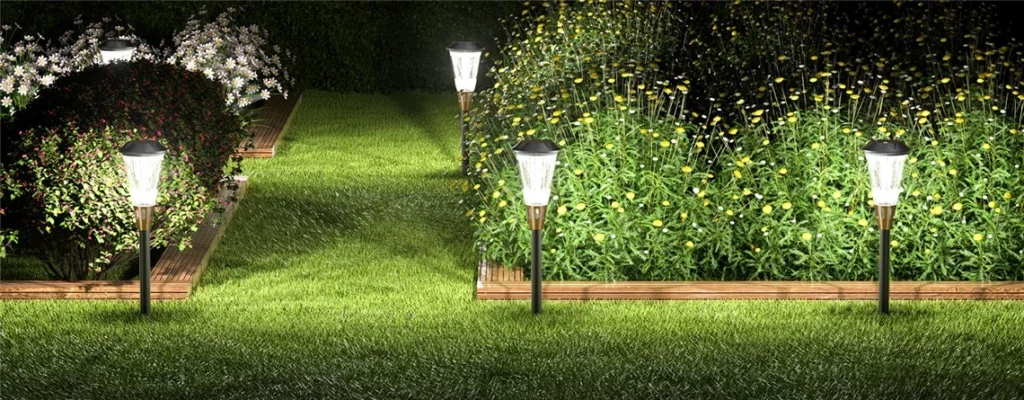
Choosing the Right Solar Light: Key Considerations
When selecting long-lasting solar lights, prioritize quality components and features tailored to your needs. Here are some factors to consider:
- Battery Type and Capacity: Opt for lithium-ion or LiFePO4 batteries with at least 2,000 mAh for all-night performance.
- LED Brightness: Choose 50–400 lumens based on whether the light is for decoration or security.
- Build Quality: Look for weather-resistant materials like stainless steel or UV-resistant plastic to withstand outdoor conditions.
- Smart Features: Motion sensors, timers, and adjustable panels enhance efficiency and convenience.
- Warranty: A 2–5-year warranty indicates manufacturer confidence in durability.
Among top performers, Bitpott’s SolarGlow and FlexPanel series stand out for their robust battery life, efficient LEDs, and user-friendly designs. These products consistently receive praise for their reliability in diverse climates, making them a strong choice for users seeking worry-free illumination.
Overcoming Common Concerns
Users often worry about solar lights fading before dawn or failing after a few months. These concerns stem from low-quality components or improper use. By investing in high-capacity batteries, efficient LEDs, and weather-resistant designs, users can avoid these pitfalls. Regular maintenance, such as cleaning panels and replacing batteries, further ensures long-term performance. Unlike early solar lights, which struggled with dim output and short lifespans, today’s models, backed by brands like Bitpott, deliver consistent results that rival traditional lighting.
The Future of Solar Lighting
The solar lighting industry continues to innovate, with advancements in battery chemistry, LED efficiency, and smart technology. Emerging trends include solar lights integrated with IoT systems for remote control and monitoring, as well as recyclable components for greater sustainability. As these technologies mature, long-lasting solar lights will become even more reliable and accessible, further solidifying their role in eco-conscious outdoor lighting.
Conclusion
Achieving all-night illumination with long-lasting solar lights is entirely feasible with the right selection and care. By prioritizing advanced battery technology, strategic light source placement, and energy-efficient designs, users can enjoy vibrant, reliable lighting without the hassle of frequent replacements or high energy costs. Regular maintenance, such as cleaning panels and adjusting angles, ensures peak performance year-round. Whether illuminating a garden path or enhancing security, solar landscape lighting offers a sustainable solution that meets modern demands. With trusted options like Bitpott’s innovative products, users can light up their outdoor spaces with confidence, knowing their investment will shine brightly for years to come.


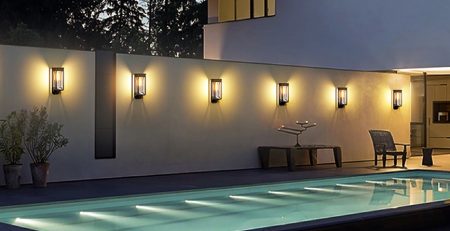
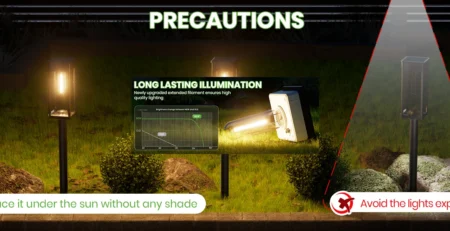

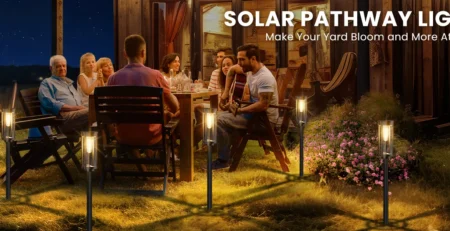
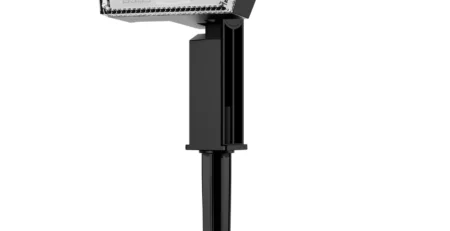
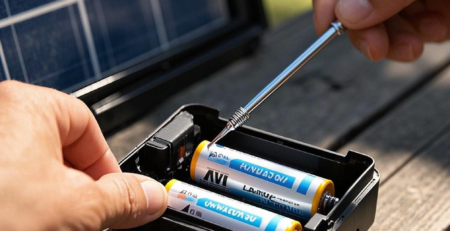

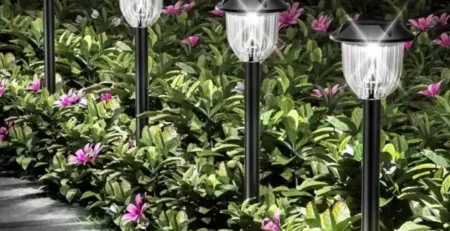

Leave a Reply